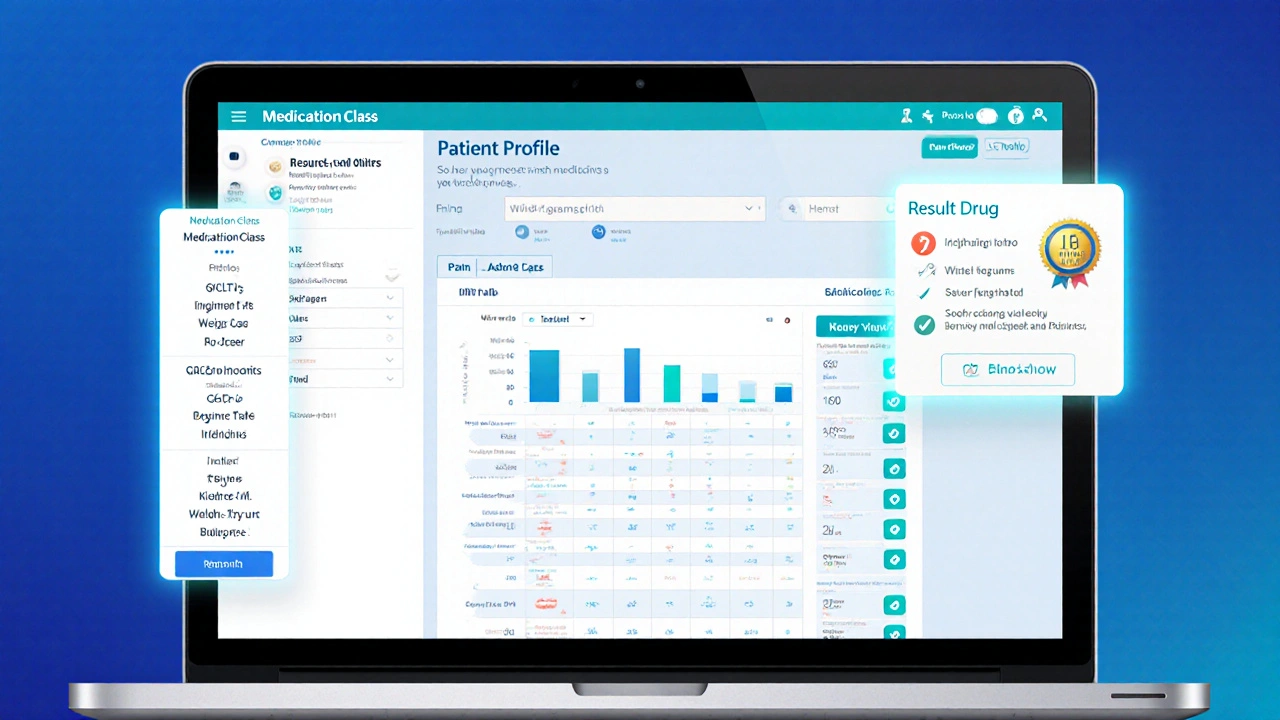Empagliflozin – Overview, Benefits & Practical Info
When working with Empagliflozin, a prescription medication that belongs to the SGLT2 inhibitor class, used to improve blood sugar control in adults with type 2 diabetes and to lower cardiovascular risk. Also known as Jardiance, it targets the sodium‑glucose co‑transporter 2 in the kidneys to promote glucose excretion. As a member of the SGLT2 inhibitor, a drug class that blocks renal glucose reabsorption, causing excess sugar to be eliminated in urine class, it is primarily prescribed for type 2 diabetes, a chronic condition marked by insulin resistance and elevated blood glucose levels. The drug’s mechanism also translates into cardiovascular and renal protection, making it a versatile option for patients who need more than just glucose control.
What makes Empagliflozin stand out is its proven benefit in heart failure, a condition where the heart cannot pump enough blood, leading to fluid buildup and fatigue. Large clinical trials showed a significant drop in hospitalization rates and mortality for patients with chronic heart failure, whether they have reduced or preserved ejection fraction. The drug’s effect on heart failure is linked to reduced preload and afterload, improved cardiac metabolism, and lower blood pressure. In practice, physicians often add empagliflozin to standard heart‑failure regimens to tap into these extra benefits without adding much pill burden.
Beyond heart health, empagliflozin also helps slow the progression of chronic kidney disease, a long‑term loss of kidney function that can lead to dialysis or transplant. By decreasing intraglomerular pressure and reducing albuminuria, the medication protects the filtering units of the kidney. Real‑world data suggest that patients with moderate kidney impairment experience a slower decline in estimated GFR when on empagliflozin compared to those on older glucose‑lowering agents. The safety profile remains favorable; most side effects are mild and include genital yeast infections, urinary tract infections, and occasional dehydration. Dose adjustments are rarely needed, but clinicians should monitor kidney function at baseline and periodically thereafter.
For anyone starting empagliflozin, the typical starting dose is 10 mg once daily, taken with or without food. After an initial assessment of blood glucose response and tolerance, the dose may be increased to 25 mg to achieve optimal control. Patients should stay hydrated, avoid excess sugar‑alcohol drinks, and be aware of the signs of ketoacidosis, especially if they have a history of low insulin production. Education on proper foot care, regular blood pressure checks, and routine labs (A1C, eGFR, electrolytes) rounds out a comprehensive management plan. Below you’ll find a curated collection of articles that dive deeper into dosing strategies, side‑effect management, and real‑world experiences with empagliflozin.

